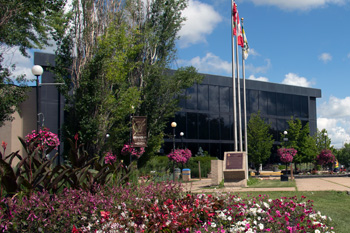Water Conservation in the Home
Studies have shown that 75% of water used in the home is used in the bathroom, 25% of this is used by toilets!
- Check toilets for leaks: Add several drops of dark food colouring to the upper tank. If the water in the bowl is tinted after 15 minutes, the toilet tank is leaking
- Install low flush toilets or consider reducing water consumption by placing full plastic bottles of water in the tank, away from the working mechanism
- Avoid using the toilet for items that can simply go in the trash
- Check faucets & pipes for leaks
- Use your water meter to check for leaks
- Install water saving shower heads & low flow faucet aerators
- Take shorter showers, five minutes should do it
- Don’t leave the tap running while brushing your teeth
- For shaving, rinse the razor in a small amount of water in the sink, not under a running tap
- Use the washing machine & dishwasher only when they contain full loads
- Minimize use of kitchen sink garbage disposal units
- When washing dishes by hand, don’t leave the water running for rinsing
- Keep a pitcher of drinking water in the fridge, rather than running the tap for cold water
- Insulate the water pipes
Water Conservation in the Yard & Garden
- Plant drought resistant lawns, shrubs and plants
- Put a layer of mulch around trees and plants
- Clean eaves troughs by hand rather than flushing with a hose need watering
- Water the lawn only when needed. A good test is to step on the grass, if it stays flat it is time to water
- Most lawns need about 1 inch of water a week. To easily measure this, put an empty tuna can on the lawn where you are watering. When this is full your grass has had enough
- Consider adding a soil amendment to your lawn to hold moisture
- Use a bucket & sponge for washing cars rather than running the hose
- Use a broom, not water, to clean driveways and sidewalks
- Consider making or purchasing a rain barrel to water plants in the garden







